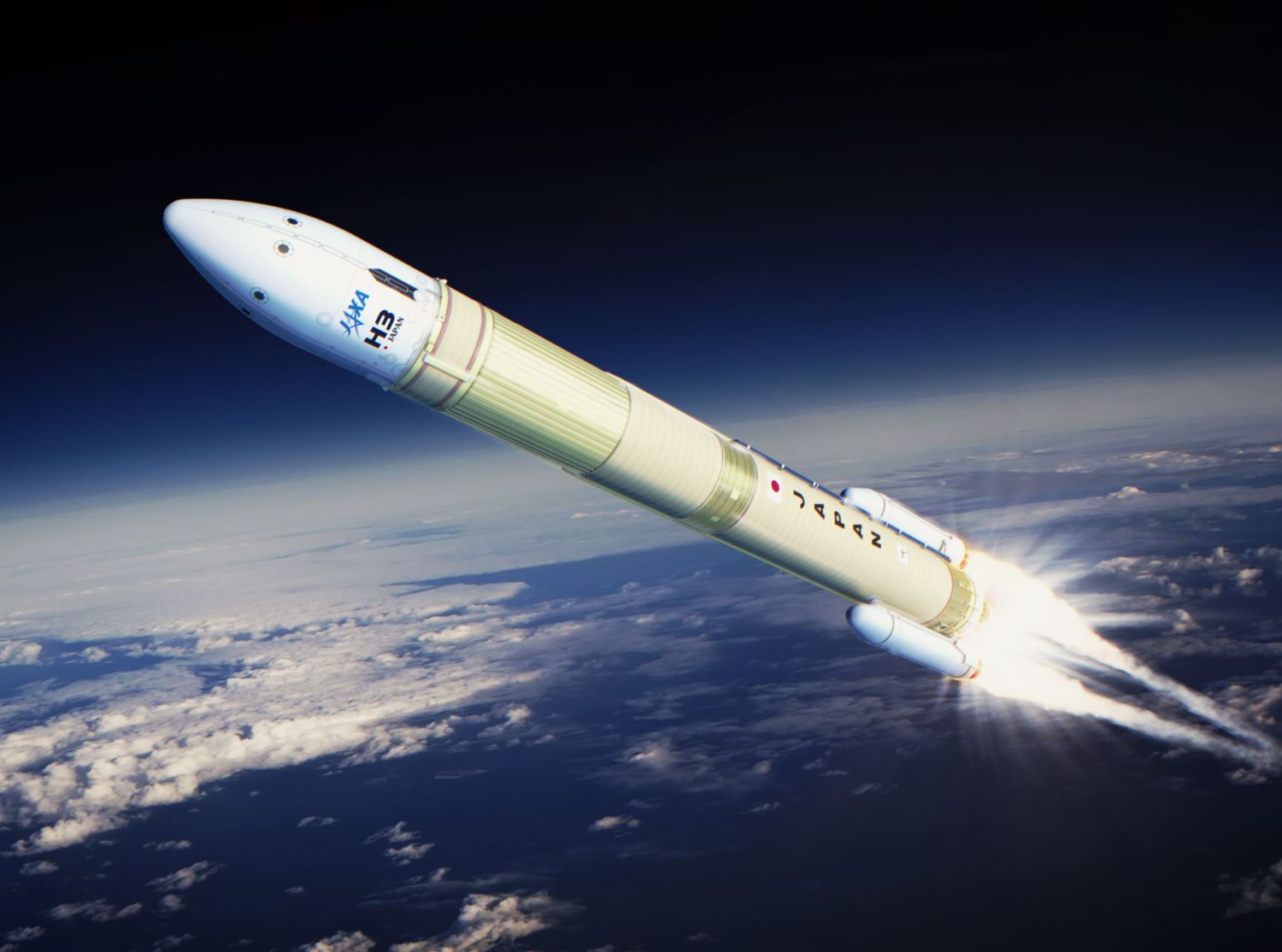Japan to launch 3 small satellites to detect hypersonic vehicles
The Japanese government has decided to establish a network of satellites for the detection and tracking of hypersonic targets, such as the weapons systems being deployed by Russia and China.
According to the Yomiuri Shimbun, the initial constellation would be composed of 3 small satellites, weighing between 100 and 500 kg, which will have a low orbit of about 400km altitude. They will be equipped with observation cameras and other sensors, which will enable them to detect and track super-fast targets flying both over land and water.
According to government officials, the cost of setting up this satellite early detection network is estimated at around US$525 million.

Hypersonic gliding vehicles (HGVs), such as the Russian Avangard or the Dongfeng DF-17 fly in an irregular trajectory at high altitudes, at more than five times the speed of sound. Unlike ordinary ballistic missiles, which leave the atmosphere and draw a parabola and have an easily predictable (ballistic) trajectory, HGVs move in the atmosphere, making them difficult to detect and track with ground-based radar and even more difficult to intercept with traditional anti-ballistic means.
At present, satellite networks are considered to be the most suitable means for early detection of an attack with hypersonic weapons, since one of the great advantages of these weapon systems is the very short reaction time they leave to air defense.
The first satellite network will serve as a test and validation of the applied technology. Further launches should follow to increase coverage around the Japanese islands.
There is speculation that 30 or more surveillance satellites would be needed to provide adequate protection. But the cost of such an undertaking could be prohibitive for Japan’s expanding defense budget, which has many fronts to cover simultaneously.
That is why one of the options being considered is to participate in the development of the satellite observation network that the U.S. is developing for the same purposes. Plans also include working together with the extensive network of civil observation satellites. A fusion of data from different sources could yield the same results, at a lower cost, than the deployment of a dedicated satellite network of its own.


Comentarios
Para comentar, debés estar registrado
Por favor, iniciá sesión